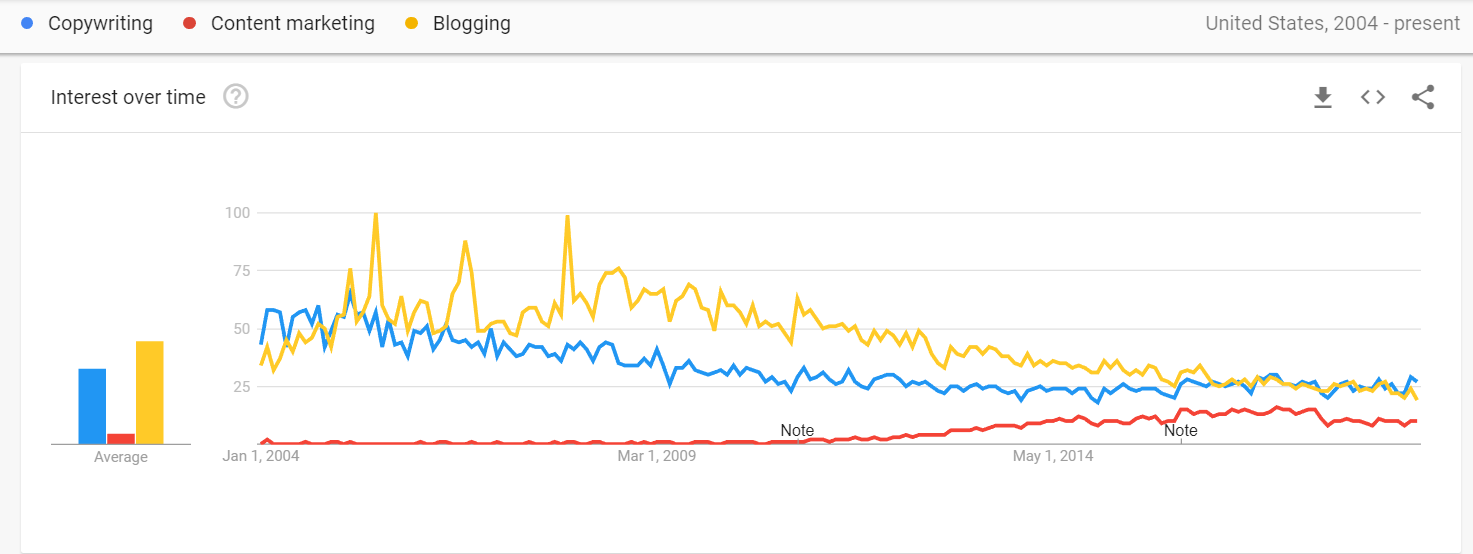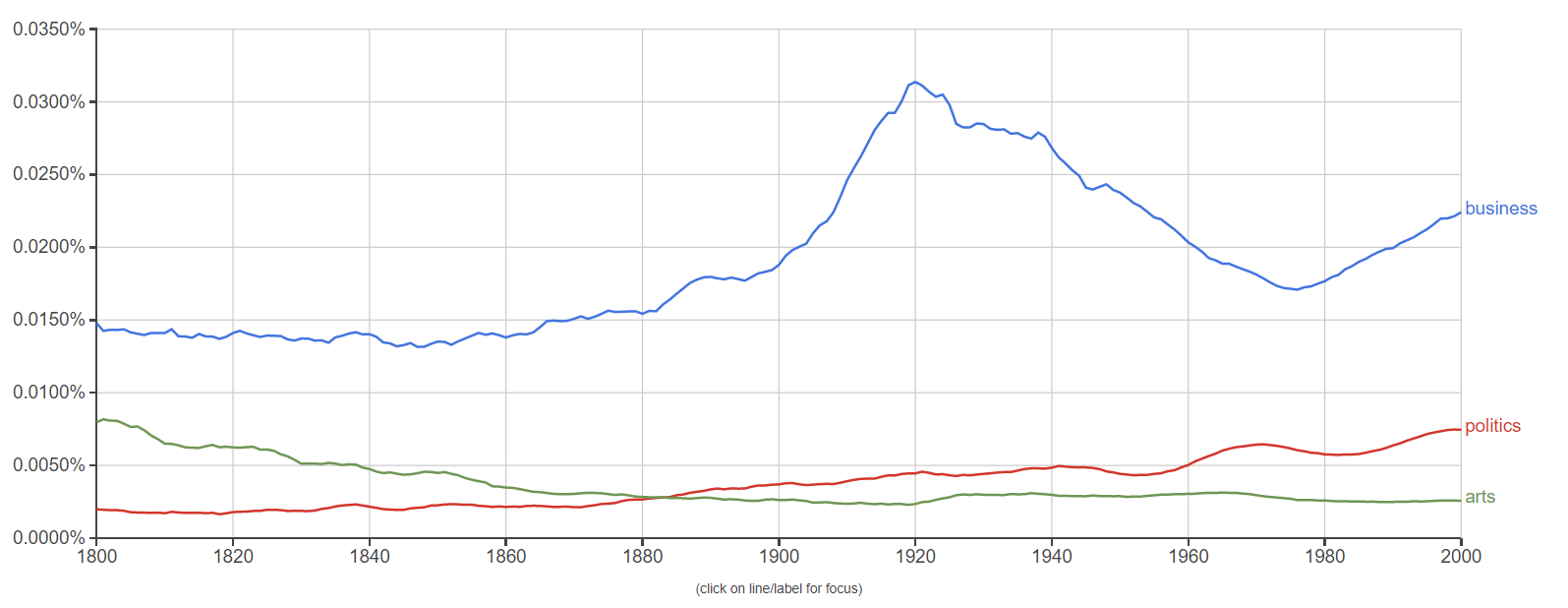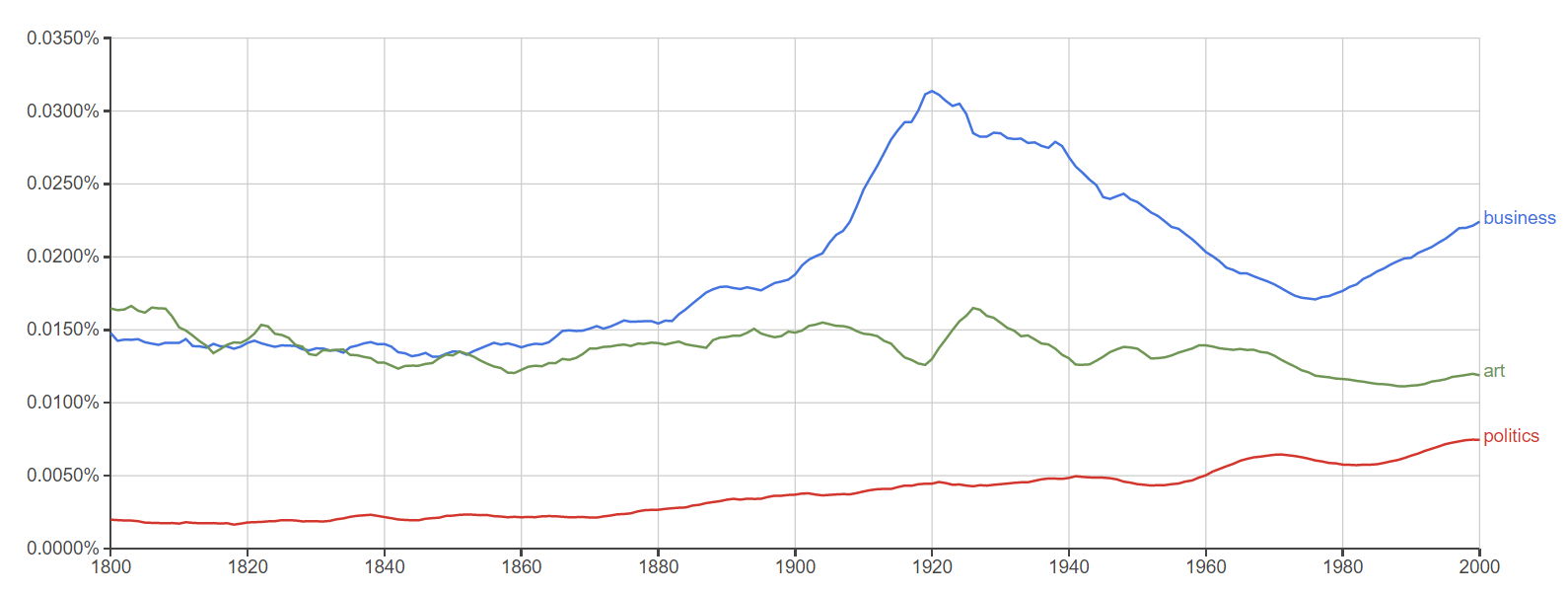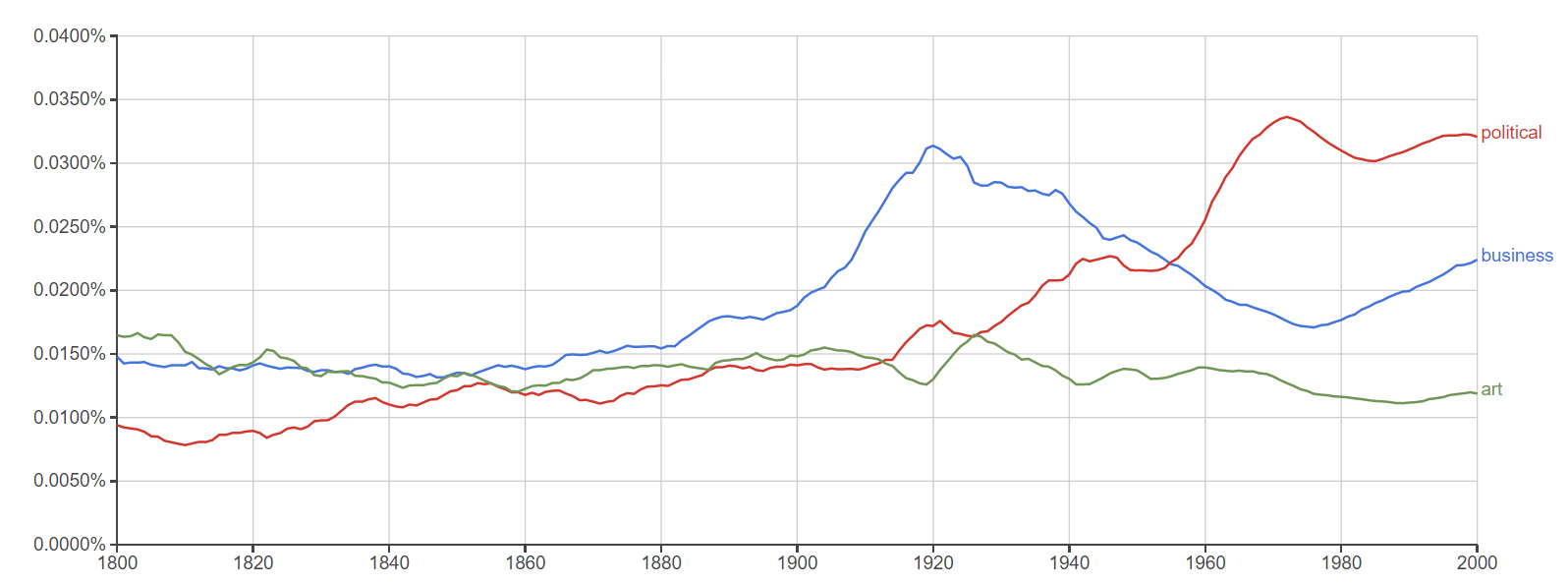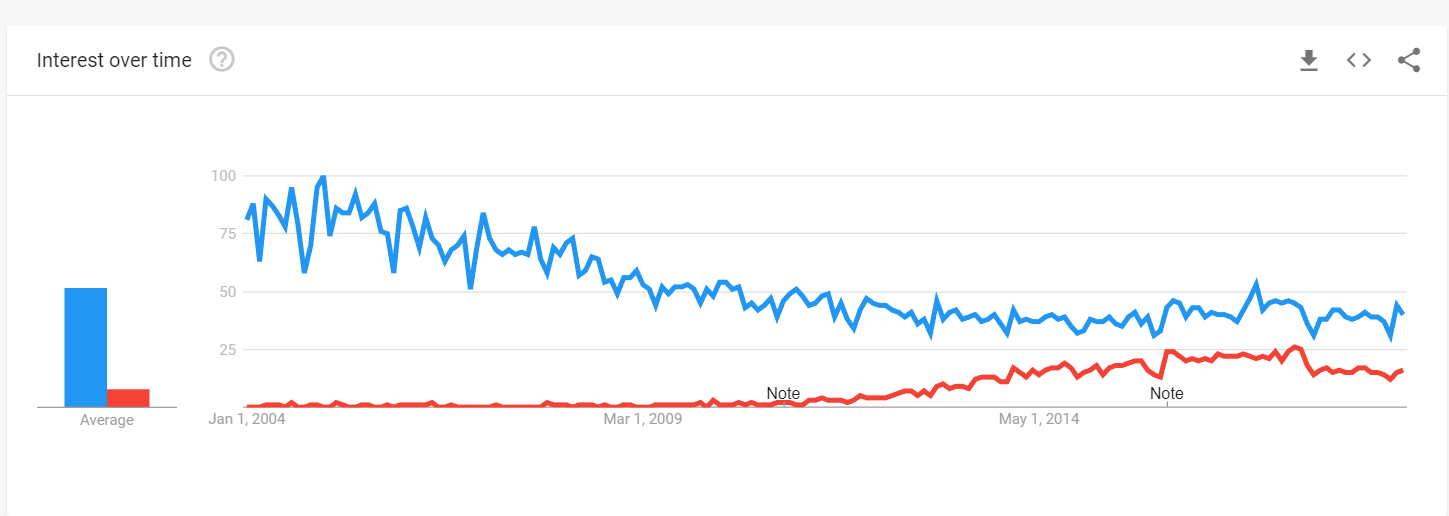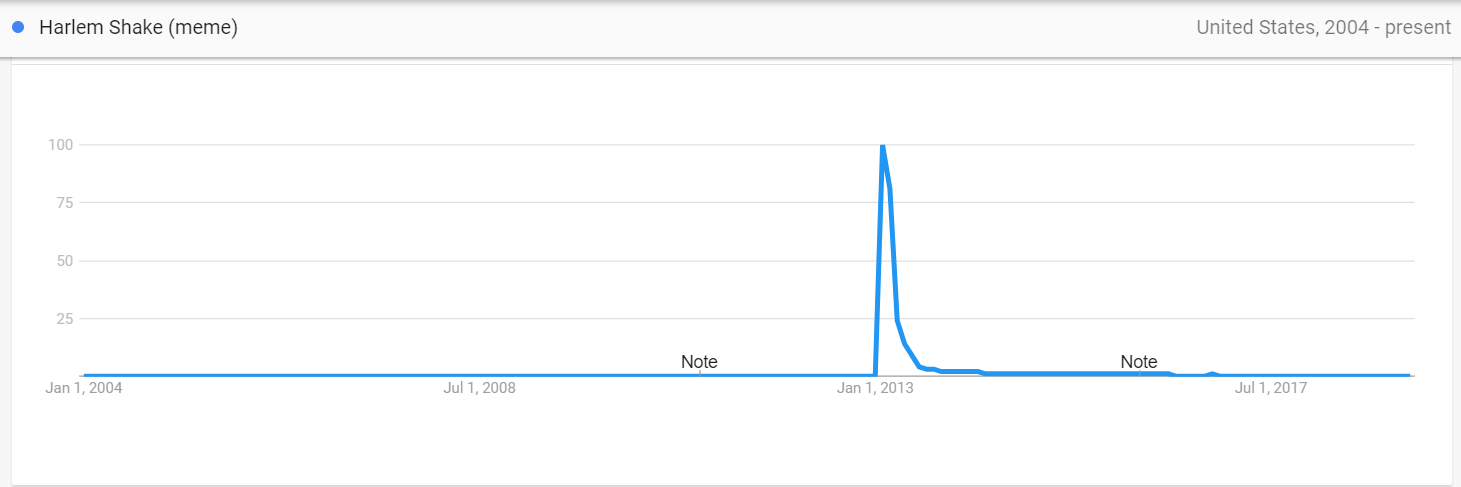As evidenced by the obsolescence of phone books and Encyclopedia World Books, it’s no secret that the Internet and the rise of search engines have revolutionized the way people find information over the last several decades. In particular, Google has powered much of the online revolution thanks to its intense interest in how we search, take in information, and what we do with the results of our online queries. As a result, Google is now the world’s most popular search engine and leader in the field of search algorithms and search information. When Google updates its algorithm, the world takes notice and starts its own discussions about the implications the algorithm changes have on public information.
Yet even today, some Google tools still go overlooked by the general public. While Google search, Gmail, and Google Chrome are popular with a wide variety of computer users, two of the most impressive Google tools are rarely mentioned: Ngram Viewer and Trends.
With a better understanding of these tools, writers, researchers, and people who are simply fascinated in how the world thinks can gain insights never before possible.
Here’s how they work.
Ngram Viewer
Google Ngram Viewer allows you to look up the frequency of “grams” in every book in the Google Books database. “Grams” are keywords and phrases that appear in books and other writings over time. A “bigram” is two words, such as “pen cap” or “baseball cap”, while a unigram is a single word such as “pen” or “pencap”.
The Google Books database comprises books dating back to 1800 and runs up to the year 2000. You can see the frequency of a given phrase in the entire body of books they have available, giving you an idea of how popular a term may have been over time. Essentially, Ngram Viewer gives us the opportunity to look at the quantity of word and phrase usage within a cross-section of books.
Why Ngram Matters
Books and pamphlets were the central mass media for transporting in-depth ideas during much of that time period. Radio and television did not even begin to make their mark until the 1920s (and for television, it was truly much later than that). Movies with sound were not released until the late 1920s as well. The Internet was only widespread in the last few years of that time period, and early search history was not as well documented (a point we’ll discuss more in a moment). Books were simply the best tool available for unpacking big ideas before the year 2000.
Why is that meaningful? Well, since books were the broadest method of transporting complex ideas, and individual words and phrases in conjunction made up the ideas in books, Ngram Viewer becomes a way of assessing microtrends in broadly shared ideas over those 200 years. With each chart we create in Ngram, we get a different perspective on how people thought, spoke, and spread ideas, improving our theories on collective information and psychology.
Did I mention this tool is free?
Ngram in Action
Let’s assess some generalized fields in Ngram to see it in action. Here is an Ngram search result for “business”, “politics”, and “arts” between the years 1800 and 2000.
You’ll notice that the reference to “business” is far more popular than the other two, which may speak to the field being a bit more common in English practice, or may speak to the versatile nature of the word “business”. In other words, many uses of the unigram may be about “business” as a field of study or practice, but others may be more along the lines of its use as part of the phrase “business as usual”. We have no way of knowing without looking up every cliche involving the word “business” in the Ngram database.
However, it does appear that the concept of business as a whole is far more mentioned and far more popular than those of “art” or “politics”. Furthermore, the relationship between those two latter terms is fascinating, as “politics” surpassed “arts” in usage in 1884.
Then again, the term “arts” is a variation of “art”, which is much more common in usage as a whole.
“Art” shoots over “politics” by quite a bit. Not too surprising given the possibilities for the gram “art” (including its use in the phrase “the art of politics”).
Let’s look at the chart with one more variation, swapping “politics” with “political”:
The “political” nature of things seems to have taken off starting mid-twentieth century. Given that “political” is a term that can be used in a way that is not necessarily about “politics” (as in “The corporate world is extremely political”), it may be the case that the term simply increased in general use. However, this uptick is suspiciously steep, so steep that it seems more likely to have come from an increase in interest and discussion of “political” matters in the literary world. For example, the phrase “The personal is political” AKA “The private is political”, a slogan popularized during Second Wave Feminism, both may account for some of the uptick in the use of the term “political” by authors.
Google Trends
Whereas Ngram Viewer assesses words and phrases used in books, Google Trends assesses words and phrases used as Google search terms. Trends demonstrates frequency of a given search for specific words as weighted against total Google searches. In other words, Trends not only shows you comparative frequency of searches between various words or phrases, but also shows you roughly how popular those words or phrases are in context of total Google searches. While Trends doesn’t show exact number of searches per term, it does assign a weighted number that compares each specific search to the average of other search terms.
Whereas Ngram Viewer covers the years 1800-2000— a period when, as we mentioned, books were used as the main method by which in-depth ideas were spread— Trends covers the years from 2004 to the present. During years covered by the Google Trends database, the Internet has provided an immediate platform for sharing and researching ideas.
Interestingly, Google Trends also gives users the option to measure words as a “topic” rather than just search terms. Whether this means Google is measuring the word as an idea based on all of the terms related to the “topic” or if “topic” is just a synonym for “search term” is unclear.
Google Trends lets you select the terms you want to search, the time range you want to search, categories of online topics, and types of searches within Google (news searches vs. general searches vs. YouTube vs. Image vs. Shopping queries).
Trends in Action
Let’s start by looking at a single phrase assessment on Google Trends so we can see some immediate utility. Here is the search volume trend over time for “frisbee”.
Frisbee is a more popular search during summer months. Not particularly surprising, right? What may be surprising, however, is that the term “frisbee” is actually decreasing in share of overall searches! This is an interesting contrast to the claim of some people that ultimate frisbee is gaining in popularity.
However, the decline of “frisbee” as a search term does not necessarily mean that people are less interested in frisbees than they once were. Early Google searches were often keyword based. Later searches have been more semantic, phrased closer to the way people speak thanks to advancements like voice-to-text and improved geo-search capabilities. Whereas an early Google Search user may have simply typed the word “frisbee”, a modern Google user might use voice-to-text to search the phrase “buy frisbee online” or “ultimate frisbee game in Houston”.
Let’s look at “Skiing” as a subject:
As we might expect, Skiing is more popular as a search term in the winter months. It also has decreased as an overall part of the search environment over time.
Now for a less “seasonal” trend: Tarot. It has felt lately like more people are interested in Tarot, but something like that could also be a function of living in a city, being in my thirties, knowing Bohemian people, etc.
Let’s see if search interest in Tarot aligns with my experience.
Well, I’ll be dipped! Tarot searches are pretty much at an all-time high. May not be a bad time to get into the Tarot card business.
Trends for Business Owners
To see how Trends can help you if you’re a business owner, let’s look at something comparative and practical. RedShift Writers is a content writing firm, so the service we sell might be described as “Copywriting” or as “Content Marketing”. Either term alludes to elements of what we do, so when we are faced with the option of using one or the other, we have to decide which will be more effective.
It has felt over the life of our company (starting in December of 2012) that “copywriting” has become a term of the past, and that “content marketing” and other terms have become more popular. Trends can tell us whether or not my instinct on this is correct.
As it turns out, “Copywriting” is actually still the more popular term. In spite of the fact that it has been trending down while content marketing is trending up, “Copywriting” still enjoys nearly three times the searches.
Something interesting happens when we add the search term “Blogging” to the mix:
As we can see, “blogging” was a scorching hot topic on the Internet in January of 2008. Like, as hot as they come. It was a topic the whole world suddenly wanted to know about.
The popularity of “blogging” as a term correlates to some macroeconomic trends in ways that may lead to interesting potential theories. The bottom of the stock market decline during The Great Recession was March of 2008, marking a time when people were desperately looking for an advantage in the market, or new revenue streams, both of which might come about from blogging, if a person put their mind to it. Today, the term has leveled out to around the same search volume as “Copywriting”.
Fun with Trends
Trends may also be useful if we want to explore the peak of memes. Remember when everyone was making Harlem Shake videos?
If you don’t, here’s the Wiki. Go get a feel for what it is and come back. If you remember it, keep reading.
Trends can tell us the exact month the Harlem Shake peaked, and how the fad flamed out.
We’ll view one more example: seasonal search. For this query, we turn to the “NFL” as a search topic. After all, we’re from Texas. Football is pretty popular here.
Here’s the long-term search trend for “NFL”.
Two trends stand out. First, search volume is growing over time. Second, the search interest in NFL topics usually peaks in January, likely because of the Super Bowl. However, in 2007, 2012, 2013, and 2018 the Super Bowl was not the period when search interest was highest. Theorizing why that was in the case during those four years with any real insight would likely take a person who is a bigger football fan than I am, but it stood out.
Google’s Lost Years: 2000-2004
Since Ngram covers through the end of the year 2000 and Trends begins at the start of 2004, the forward-facing Google dataset is missing four years of data. Trends from this period— celebrities, products, memes, recreation, movies, etc.— are not available to us for in-depth analysis, so we’re missing the high-water mark for post-Y2K analysis: The Strokes, Outkast, and That Seventies Show, among other things.
What Trends Interest You?
What can Ngrams and Trends teach us? They are mostly good for exploring interesting trends. It is limited, though, because correlation of word usage or search term frequency does not necessarily translate to causation.
We’ll continue to investigate these tools and other tools along the way and share more on what we learn and observe. Our hope is that these insights will continue, over time, to yield something useful to everyone in the RedShift Writers community.
Got an interesting idea for Trends, Ngram, other Google tools, or something else altogether? Reach out and let us know at contact@redshiftwriters.com.
RedShift Writers: Stories change history.
read more